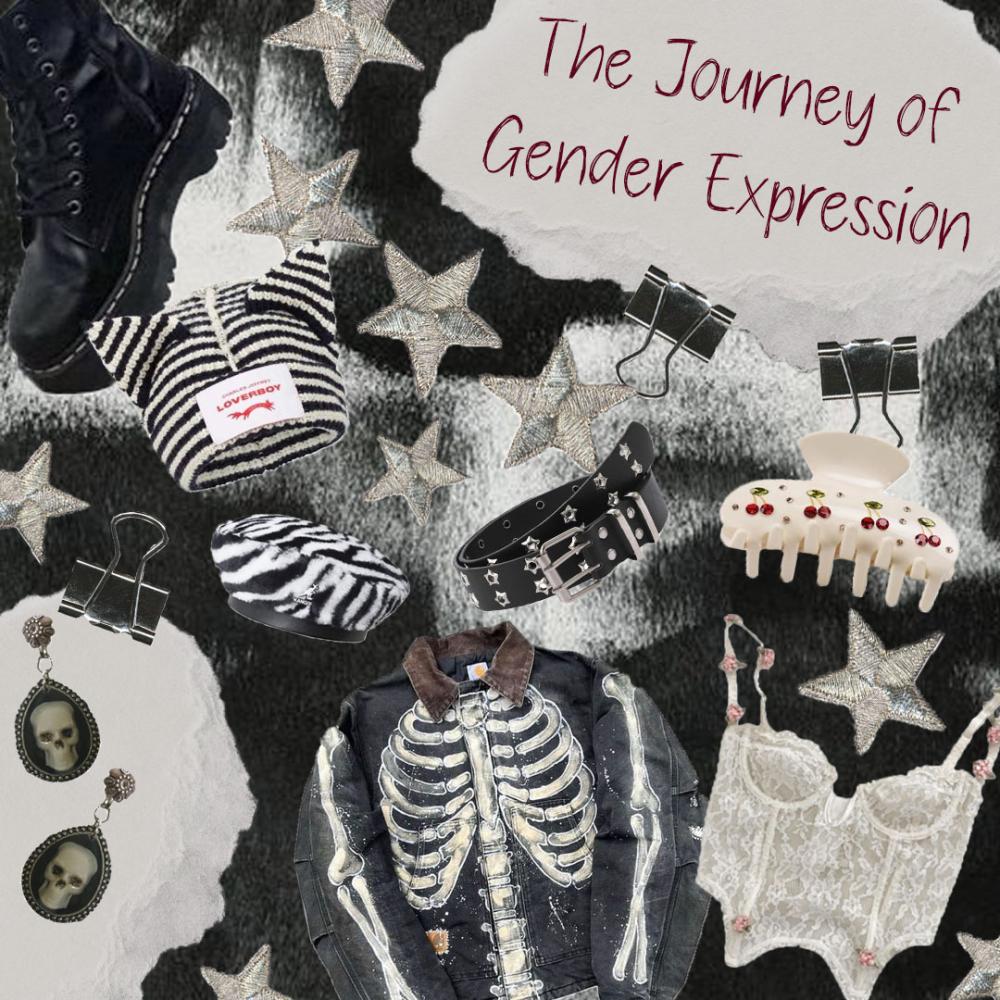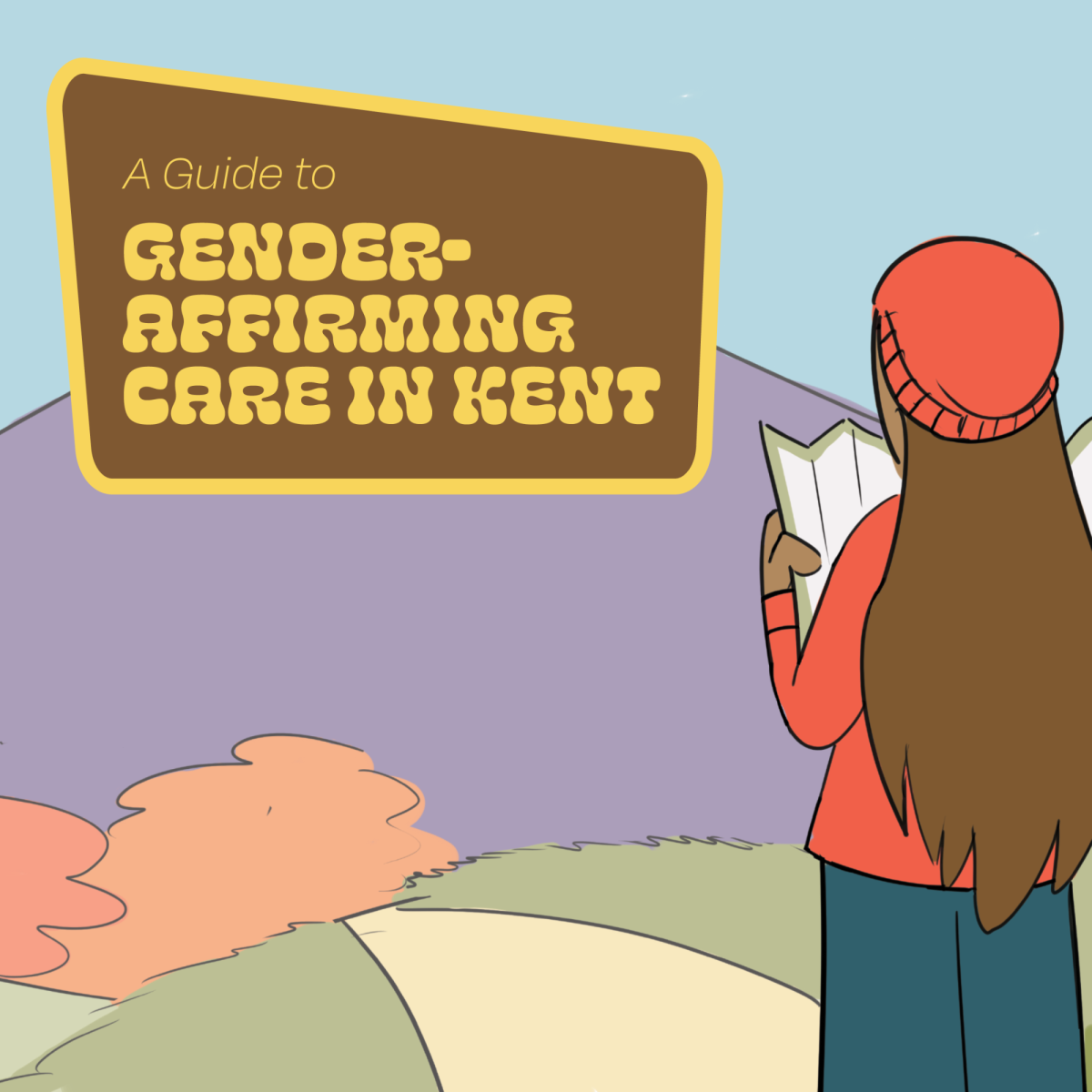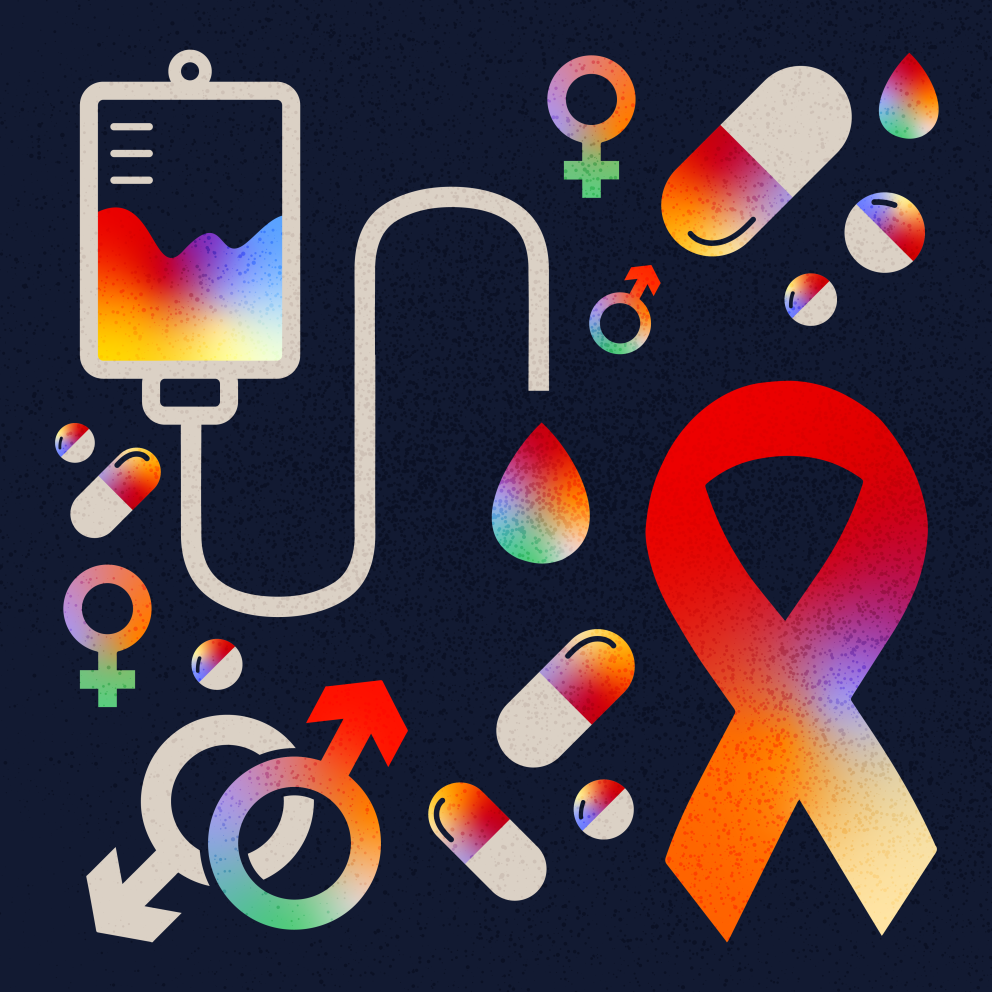When we get sick, what do we do? Personally, I stock up on medicine, drink a lot of tea, and focus on resting and hydrating. But what do you do when you try all the home remedies and medications but your symptoms persist and worsen? You go to the hospital for answers, hoping to receive proper care; no one knows what’s wrong with you. Weeks pass, and your immune system has been decimated. You can no longer fight the illness. After countless days of ineffective treatment, an answer arises. You are deemed terminally ill with mere years left to live. This was the reality for many people in the United States in the 1980s. Thousands of deaths occurred before the Center for Disease Control (CDC) coined a name for the illness– Human Immunodeficiency Virus, or HIV. But the damage was already done for many, and those who passed before this discovery died not knowing what was attacking them.
The first case of HIV in the United States was reported in 1981, but evidence suggests that it had been in the country as early as 1970. Today, it is understood that HIV originated from a type of chimpanzee in Central Africa, and studies tell us that the virus may have spread from chimpanzees to humans as far back as the late 1800s. Over time, the virus sped throughout numerous countries before entering the United States. Although modern medicine has found ways to treat HIV, limited treatment options were available when it was first discovered. Left untreated, there are three distinct stages of HIV: Acute infection, chronic infection, and acquired immunodeficiency syndrome (AIDS). During the first stage, people experience flu-like symptoms; the virus is the most infectious in this stage. In the second stage, the virus is latent and unassuming, with no symptoms rising to the surface. During the final stage, the immune system is dysfunctional and damaged, leaving those infected highly susceptible to opportunistic infections. Prognosis in the final stage is poor, with an average life expectancy of three years. Due to our current understanding of the virus, we can pinpoint exactly what leads to the spread of HIV and how we can reduce the risk of transmission. However, misunderstandings and stigma have led to the spread of misinformation, causing confusion throughout the decades. Here, we will debunk these myths and provide accurate information about the virus and how it is spread.
Myth: HIV only affects specific sexual orientations
Fact: Anyone, regardless of sexual orientation, can contract HIV. Certain behaviors contribute to the spread of HIV. Some of these behaviors include:
- Unprotected anal or vaginal sex
- Having another sexually transmitted infection
- Sharing contaminated drug injection equipment
- Unsterile piercings
Myth: HIV affects childbirth and fertility
Fact: Board-certified OB-GYN and reproductive infectious diseases specialist at the Cleveland Clinic, Dr. Oluwatosin Goje, says “HIV does not affect fertility and childbirth, especially for women who are receiving appropriate and adequate treatment. However, not taking medications while pregnant can lead to mother-to-child transmission. Pregnant people living with HIV should continue treatment or medications as recommended. When a mother’s viral load is undetectable, there’s a less than 1% chance of infecting the baby.”
Myth: People who are on PrEP (Pre-exposure prophylaxis, medication that prevents the spread of HIV) don’t need to use condoms
Fact: PrEP is very effective at decreasing the risk for individuals who may be predisposed to HIV, but it does not reduce the risk of other STIs. So, it is crucial that if you are on PrEP, you still use condoms to prevent contracting and spreading STIs.
Myth: HIV medications can cure HIV
Fact: Medication that treats HIV is very effective and even reduces HIV in the bloodstream so much so that patients can have undetectable levels of the virus. Despite these treatments’ effectiveness, they do not completely eradicate the virus, and a cure is yet to be found.
Myth: HIV can be spread through saliva
Fact: HIV is only transmitted once bodily fluids from an infected person enter the bloodstream. The virus can enter the blood through various sources, such as the linings in the mouth, anus, penis, vagina, and cuts in the skin. The bodily fluids that harbor the virus include blood, semen, vaginal fluid, rectal fluid, and breast milk. You cannot get HIV from nonsexual physical contact, public bathrooms or swimming pools, sharing utensils, insects, pets, or blood donations.
Misinformation about HIV has been spread since the virus first appeared in the U.S.. Misinformation can leave people vulnerable to illness transmission due to poor health practices; misinformation also increases stigma, leading to underdiagnosis and additional deaths. The stigma surrounding HIV mainly targets LGBTQ+ people; many common misconceptions include that HIV is only spread through gay sex and that those infected with HIV are dirty. In reality, HIV is transmissible via many avenues, including needles, breastfeeding, and birth. HIV can be spread to anybody from any socioeconomic background, regardless of sexual orientation or practices.
The spread of wrongful stereotypes and misinformation is exceptionally harmful to members of the queer community, as these ideas put queer individuals in direct danger. Once these ideas are spread and consumed, the safety and security of queer folks is put at risk due to potential physical, verbal, and emotional abuse. In order to combat misinformation, we must prioritize spreading correct information as far and wide as possible. The CDC recommends talking openly about HIV, as it can help normalize the subject and provide opportunities to correct misconceptions. HIV stigma can be rectified through words and actions, especially through supportive behavior towards those infected.
Understanding the truth about the spread of HIV is vital. Not only does it keep you and others safe from transmission, but it also keeps you safe from the abuse of those who are ignorant. Myths will continue to circulate, but we must remember what is true and what is not. Be informed, be aware, and stay safe.
To get more information about HIV, please visit www.hiv.gov.



































